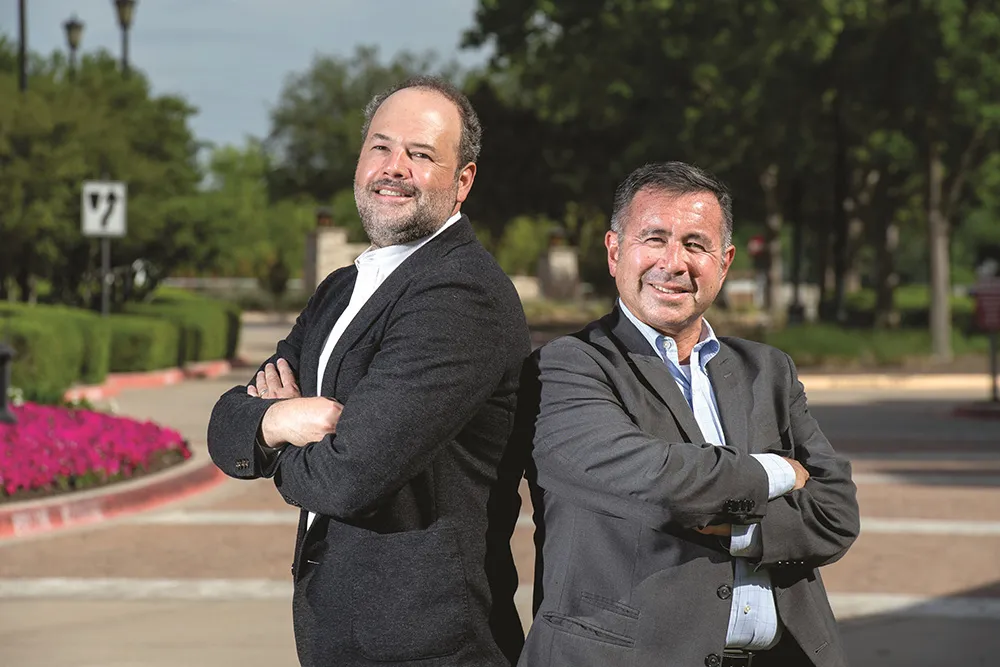The American Automotive Policy Council (AAPC) has backed the proposal by US Representative Candice Miller to authorise the use of existing surface transportation funding to invest in vehicle-to-infrastructure (V2I) technologies that improve highway safety. Introducing the proposal earlier in February, Miller said, “V2I and vehicle-to-vehicle (V2V) technologies are undoubtedly the future of automotive safety. However, we need to make sure state and federal highway safety initiatives keep pace and allow for t
February 23, 2015
Read time: 2 mins
The 4956 American Automotive Policy Council (AAPC) has backed the proposal by US Representative Candice Miller to authorise the use of existing surface transportation funding to invest in vehicle-to-infrastructure (V2I) technologies that improve highway safety.
Introducing the proposal earlier in February, Miller said, “V2I and vehicle-to-vehicle (V2V) technologies are undoubtedly the future of automotive safety. However, we need to make sure state and federal highway safety initiatives keep pace and allow for the integration of new V2I technologies that can provide for the wireless exchange of critical road safety information between highway infrastructure and vehicles. That’s why I have introduced legislation that lays out the framework for this type of innovation and provides states with the authority to use existing funds for V2I technologies that could transmit safety information like icy road conditions, broken traffic signals, accidents, and construction zones.”
AAPC President Governor Matt Blunt said later: “Vehicle-to-infrastructure communication technology is critical for the domestic auto industry, and the future of highway safety and mobility. For the first time, V2I technology is acknowledged and uniformly defined to provide for a legislative and regulatory path forward. It is important that the legislation also clarifies that states may utilise existing surface transportation funding provided by the National Highway Performance Program (NHPP), the Surface Transportation Program (STP), and the Highway Safety Improvement Program (HSIP) to invest in V2I projects as the technology becomes a more available and viable element of critical highway infrastructure.”
Introducing the proposal earlier in February, Miller said, “V2I and vehicle-to-vehicle (V2V) technologies are undoubtedly the future of automotive safety. However, we need to make sure state and federal highway safety initiatives keep pace and allow for the integration of new V2I technologies that can provide for the wireless exchange of critical road safety information between highway infrastructure and vehicles. That’s why I have introduced legislation that lays out the framework for this type of innovation and provides states with the authority to use existing funds for V2I technologies that could transmit safety information like icy road conditions, broken traffic signals, accidents, and construction zones.”
AAPC President Governor Matt Blunt said later: “Vehicle-to-infrastructure communication technology is critical for the domestic auto industry, and the future of highway safety and mobility. For the first time, V2I technology is acknowledged and uniformly defined to provide for a legislative and regulatory path forward. It is important that the legislation also clarifies that states may utilise existing surface transportation funding provided by the National Highway Performance Program (NHPP), the Surface Transportation Program (STP), and the Highway Safety Improvement Program (HSIP) to invest in V2I projects as the technology becomes a more available and viable element of critical highway infrastructure.”









